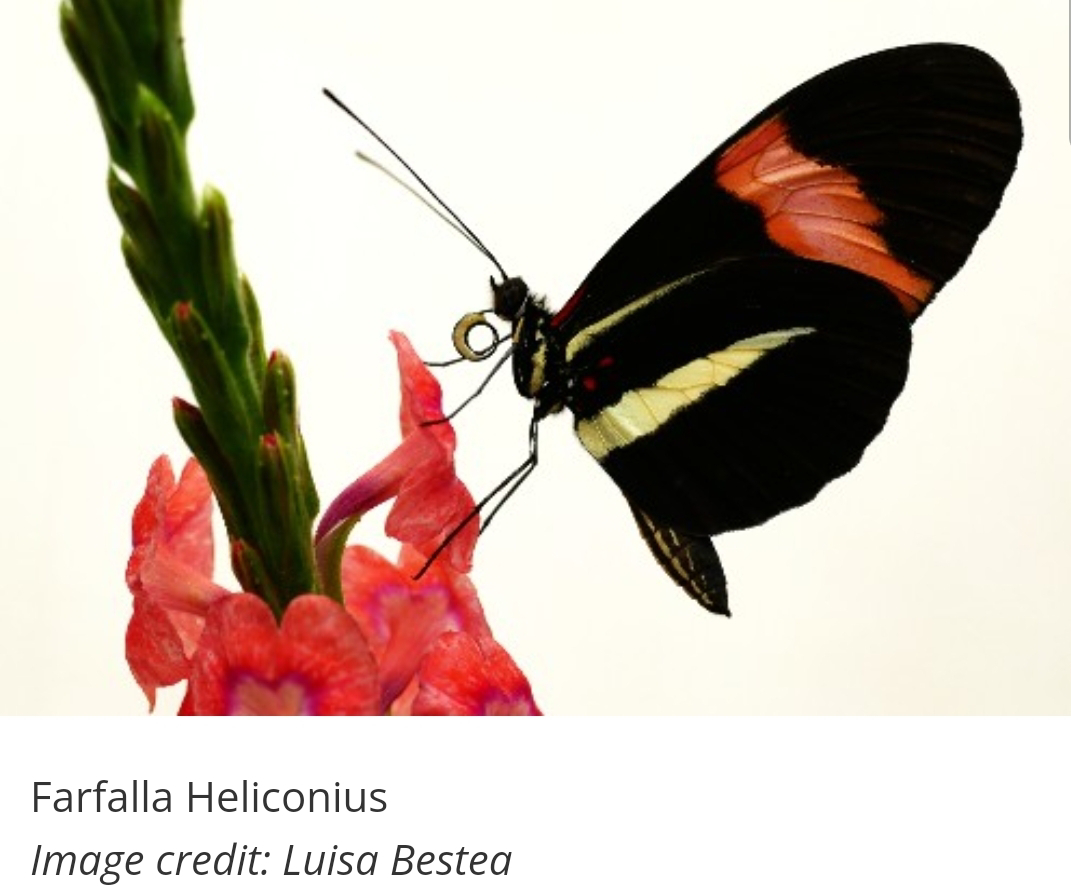<< ️Learning can occur in markedly different ways: in some cases, it unfolds as a gradual process, with behavior improving slowly toward an asymptotic level of performance; in others, it appears as an abrupt process that sharply separates behavior before and after a change point. Under-standing the behavioral and neural processes underlying these distinct acquisition patterns may be critical for elucidating the basic principles of learning. >>
<< ️(AA) investigated this question experimentally using naïve rats performing a differential reinforcement of response duration (DRRD) task, in which animals were required to remain inside a nosepoke for a minimum duration of 1.5 seconds to get a sugar pellet as a reward. All rats learned to wait longer in the nosepoke when comparing behavior at the beginning and at the end of the experiment. (They) tested several continuous models against a single change point (CP) model, in which behavior changes at a specific moment and remains stable thereafter. Instead of the traditional approach based on trial-segmented behavior, (AA) used the real time elapsed since the beginning of the experiment as a continuous, uncontrolled variable. (They) fitted all models to data from individual rats and compared model fit quality across alternatives. >>
<< ️(AA) results provide strong evidence in favor of an abrupt change, as captured by the CP model, over all other models. Moreover, the residuals of the CP model exhibited a Gaussian distribution, suggesting that no additional systematic dynamics remained unexplained and that the behavioral dynamics were fully captured by a single change point. >>
Mateus Gonzalez de Freitas Pinto, Alexei Magalhães Veneziani, Marcelo Bussotti Reyes. Evidence in favor of abrupt over gradual learning in the differential reinforcement of response duration (DRRD) task. bioRxiv. doi: 10.64898/ 2025.12.26.696617. Dec 27, 2025.
Also: brain, behav, in https://www.inkgmr.net/kwrds.html
Keywords: brain, behavior, cognition, learning, change point models, criticality.







